6 ways to make your sewing practice more sustainable!
More and more sewists are seeking ways to reduce their impact on the environment. Here are 6 ways to empower you to create your own clothes while minimising waste and promoting more sustainable practices. In this blog post, I will delve into the world of sustainable sewing and provide practical tips to create me made garments with less environmental impact.
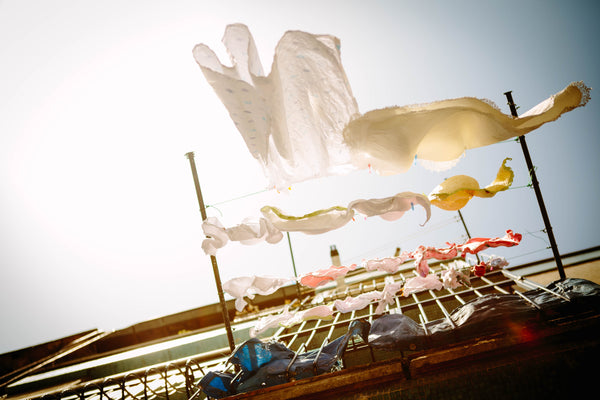
1. Choose Sustainable Fabrics:
One way is to opt for fabrics that are produced with less waste such as organic cotton, linen, hemp, or bamboo fabrics, which are grown without harmful chemicals and have lower environmental impact. Or tencel lyocell for example which is created in a closed loop with a lot less water consumption. Even better though is to use recycled fabrics, up-cycled materials, and vintage textiles. Anything second hand is an excellent choice, as they repurpose existing resources and reduce the demand for new production. To use what we already have instead of buying new is always the best choice (start by shopping your stash!) ;)
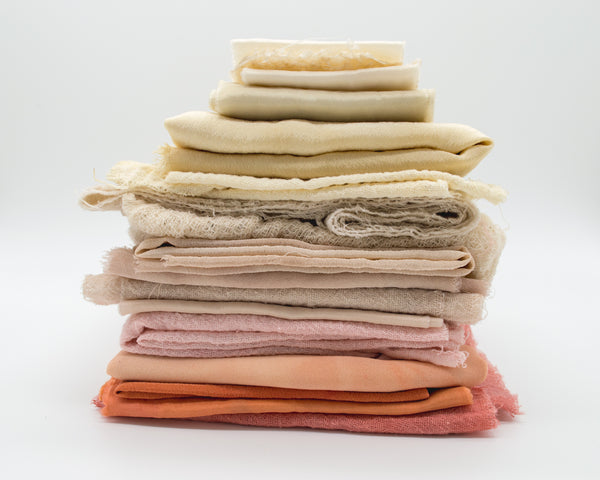
These dresses are made from vintage bedsheets for example:


2. Reduce and Reuse:
Embrace the concept of "reduce and reuse" in your sewing practice. Before starting a new project, evaluate your existing fabric stash and repurpose any unused or leftover materials. By giving new life to these fabrics, you reduce waste and minimise your environmental footprint. Additionally, consider altering and modifying existing garments to create new pieces instead of discarding them. And of course - mend everything you are able to! It extends the life of your garments so much.
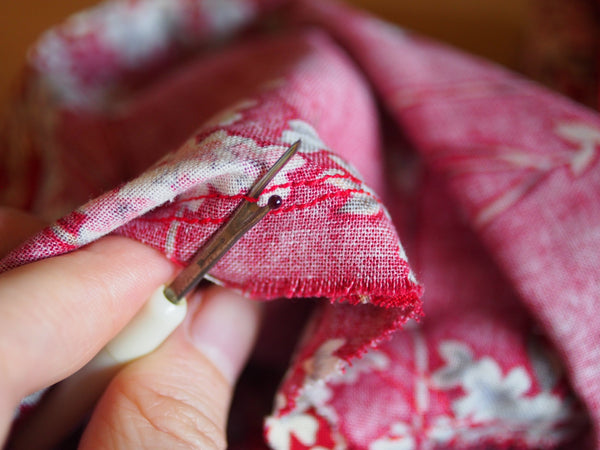
3. Mindful Pattern Selection:
Choose sewing patterns that align with sustainable values. Look for patterns that offer versatile designs and can be used to create multiple garments. This way, you maximize the use of each pattern and minimize waste. Opt for patterns that emphasize durability, quality construction, and timeless style, ensuring that the garments you create will last for years to come. Here, how you plan your sewing projects matter. If you wear and love your me mades for many years to come, that means it’s a more sustainable make! And if it means you don’t buy a new fast fashion piece - even better! Another thing to look into is to get a second hand projector. Projector sewing is more sustainable because there's no paper needed. Not a printed pattern and not a PDF you print yourself and tape together. Read more about projector sewing here.
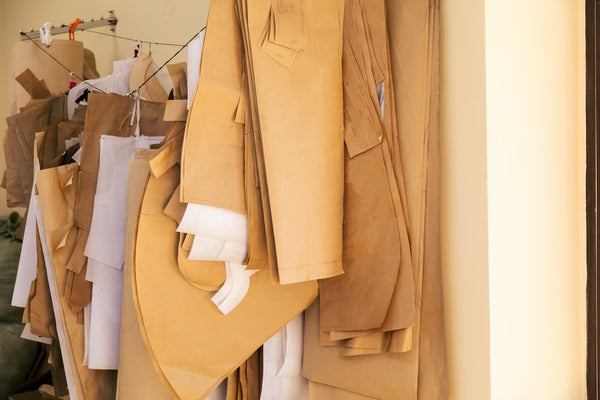
4. Cutting efficiently:
Efficient cutting is essential in sustainable sewing. Take the time to plan your fabric layout before cutting to minimize waste. Arrange pattern pieces strategically to make the most of your fabric, leaving as little leftover material as possible. Often times the suggested fabric requirements in sewing patterns are generous to avoid anyone buying too little fabric. As pattern designers - of course we want to have our backs free so we often round up to be on the safe side.
5. Waste-Free Sewing:
Explore techniques for waste-free sewing, such as zero-waste patterns or fabric scrap projects. Zero-waste patterns are designed to utilize every inch of fabric, leaving no scraps behind. Alternatively, repurpose fabric scraps for small accessories, patchwork projects or appliqués. Get creative and turn those seemingly unusable pieces into beautiful, functional items. I have a free pattern for a scrunchie with ties for example. It's perfect for small fabric scraps. Download here. 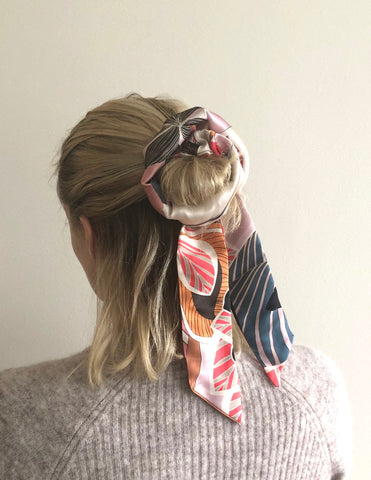
6. Responsible Disposal:
Dispose of your sewing waste responsibly. Save fabric scraps for future projects or donate them to local crafting communities, schools, or charities. Check if there are recycling programs in your area that accept fabric scraps. You could also use tiny fabric scraps as stuffing for pillows or stuffed animals and things like that. By diverting textile waste from landfills, you contribute to a more circular and sustainable textile industry.
By choosing sustainable fabrics, reducing waste, being mindful of patterns and cutting, and embracing waste-free techniques, you can create garments that are both stylish and more environmentally conscious. Together, we can make a difference, one stitch at a time :)
Happy sewing!
/Josefine
Ploen Patterns
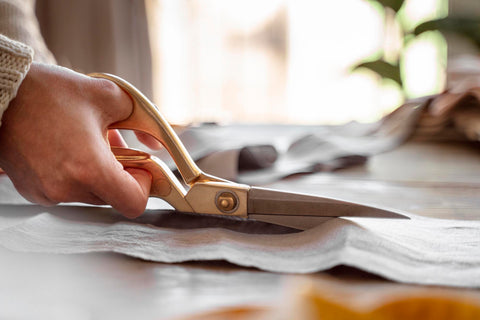
Great article! I’ve always been a big scrap saver
Great tips, and thanks for the scrunchie pattern!